Keep driving, keep pumping those legs. Every centimetre and every second is precious. The longer the ball carrier can stay on his feet, the more ground he can gain, the better the chance of keeping possession. Forwards are so strong and so quick these days, they are almost impossible to move once they have a perfect body position planted over the ball.
Take David Pocock as an example. If you do not get under him and shift him the moment he arrives, then you will never move him. He is outrageously strong. Modern methods of training, incorporating judo and wrestling with multiple chin-ups and body weight resistance exercises have created some incredible hulks who are redefining physiques and roles within the game.
The All Blacks took Pocock out in the World Cup semi by deliberately running at him. If Pocock was always the primary tackler, it gave him less time to bridge over the ball as he tends to when he is the second man in.
As a coach you should tell ball carriers to step slightly prior to contact, creating a weak side in the tackler that you can attack. From there it’s important the ball carrier shortens their steps and explode as soon as they feel contact, fighting to stay up and move forward. If the player goes to ground immediately it gives the defence more go forward. Even props have to learn to step a man, creating a weaker side to attack so they are not taking contact head on. They may get tackled, but they have made some space to drive forward into and through.
Beyond the set piece battle, this is one of if not the most critical battle in the modern game. The battle of the metre. Who wins the 1m go forward at contact. The ball carrier or the defender. So often this dictates the outcome of the closest contests.
The ruck is still a huge part of the game, but it has been re-defined. You haven’t got forwards churning out bodies with their feet who shouldn’t be there, it’s about the ball carrier doing his job and buying time. If after the step and the drive, there is still a tackler over you, hold the ball close to your chest as you control the ground, then as you draw the tackler’s hands and body to the ball slam it out to full arm extension with as much force as possible. This will cause the tackle to adjust their position, compromising their balance and stability over you. This is often the difference between retaining and or losing possession.
The support players then have to be smart. Forwards are told young: “Get to the breakdown, get to the breakdown.” They charge in before they have even worked out their role. Are they the first, second, or third arriving support player? You need to coach a level of understanding. If the opposition aren’t committing the third player won’t need to be there.
Get your players to look at the breakdown on approach, 5 meters away preferably. Decisions made on arrival at the ball are inherently poor and often lead to wasted bodies at the breakdown. Don’t just get players to assess the breakdown on approach, they must look past the ball not at it. The tackler and arriving defensive support players will define your attacking support player’s role.
Body position is vital. Get lower than the opposition. If the opposition are not committing then pick and go up the middle or sniping around the fringes may be on. If the tackler is on the ground and defenders are coming, then step over him. If an opponent is already after the ball, get under him and clear him out.
The ruck is still a vital part of the game, but it involves a lot more decision making these days. The best teams in the world make the best decisions and are the most accurate at the breakdown. Leinster, Quins, Chiefs, Sharks, Crusaders. The breakdown is the heart and soul of their game. Their attacking structures depend on getting the numbers right and producing fast ball. At their best they are teams worth studying, forwards and backs working together to produce perfect possession.
The really exciting progression in our game is the growth of position generic skills. No longer is the breakdown the domain of the loosies or the forwards. The closest player, back or forward must have the decision making and technical skill set to win the battle of the breakdown.
LOOK…THINK…ACT.


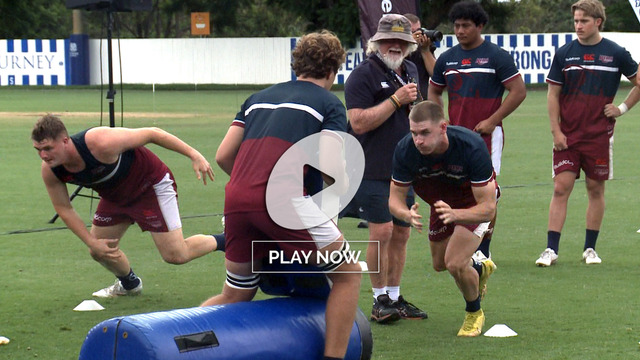
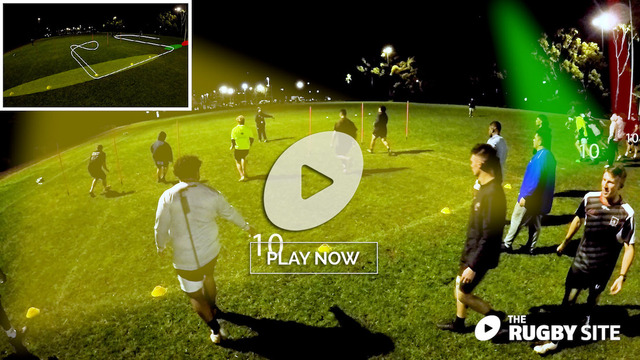

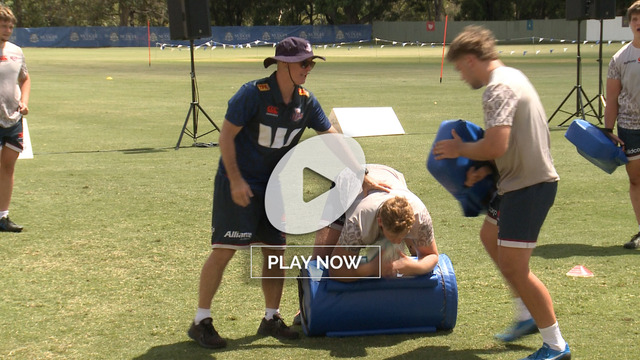
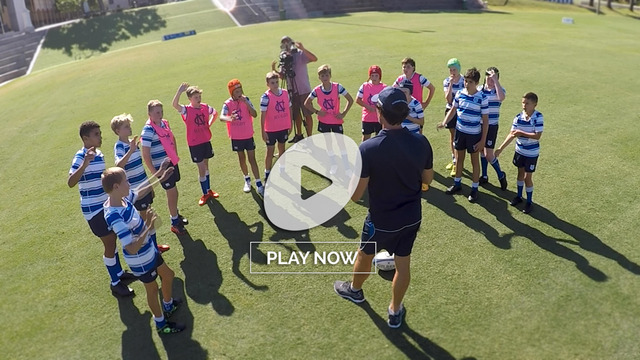

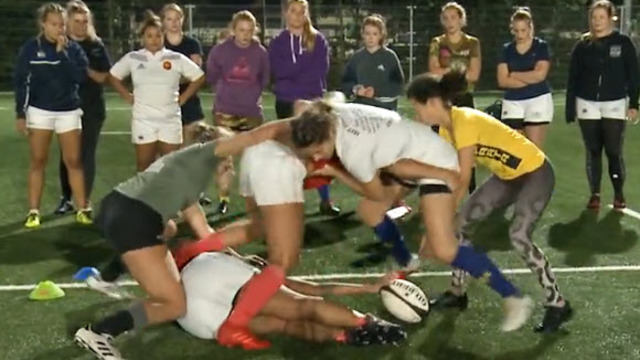

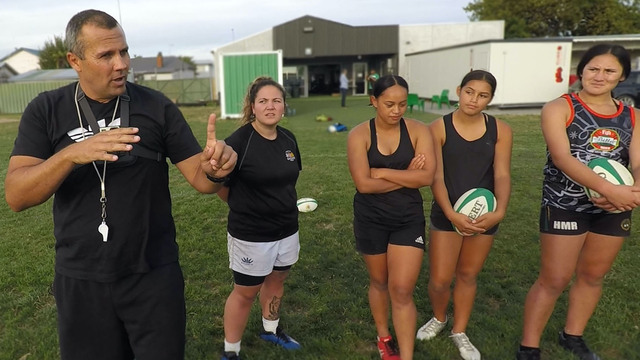

.jpg)
.jpg)
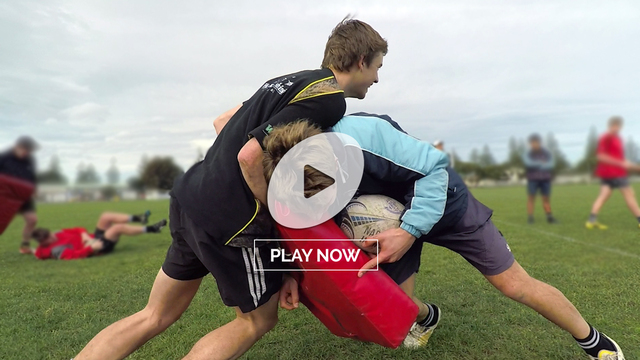
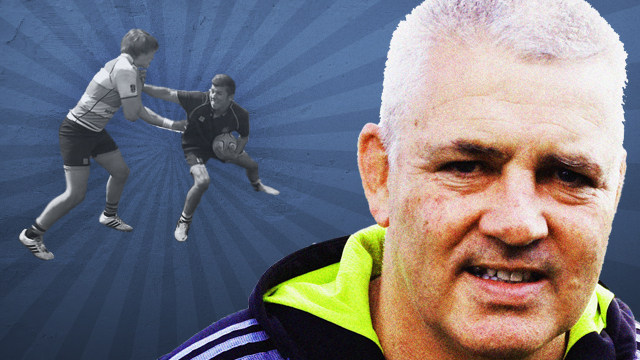
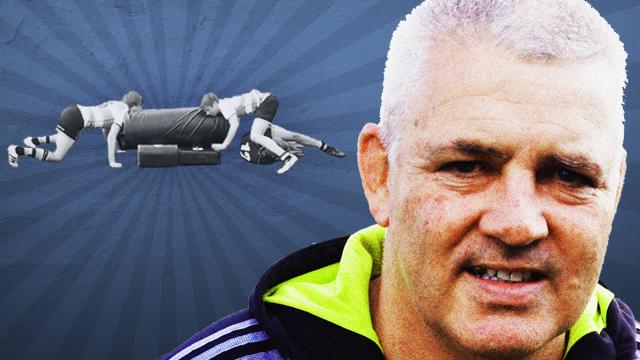
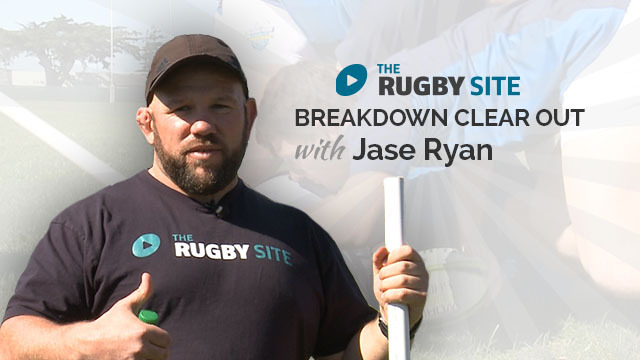
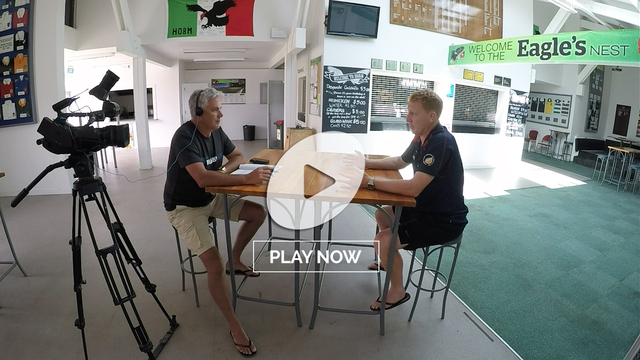
_no_button.jpg)

